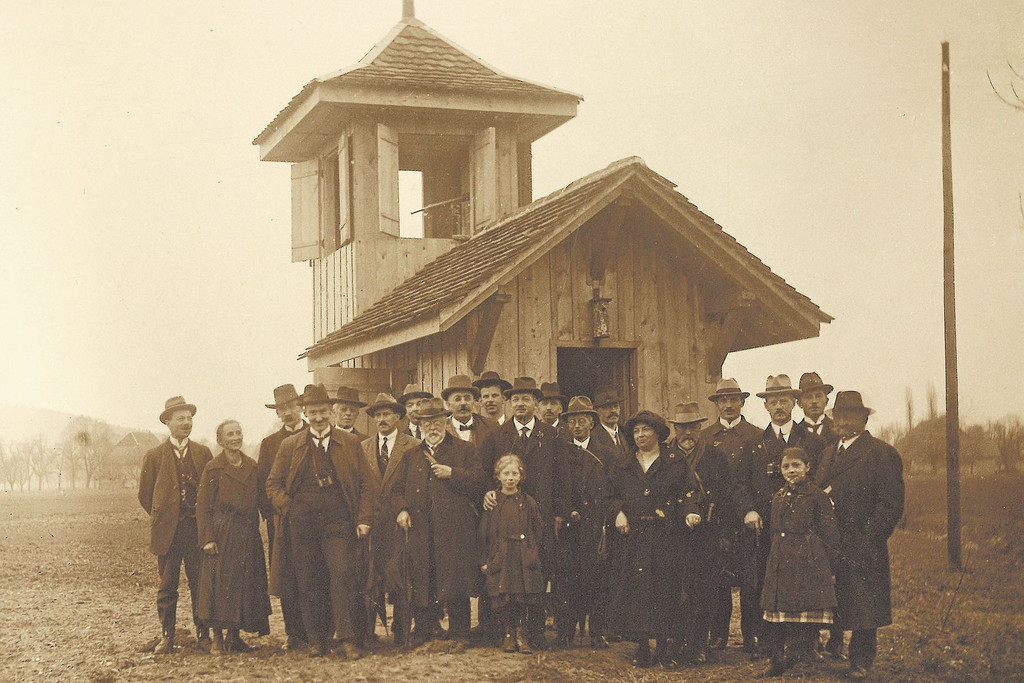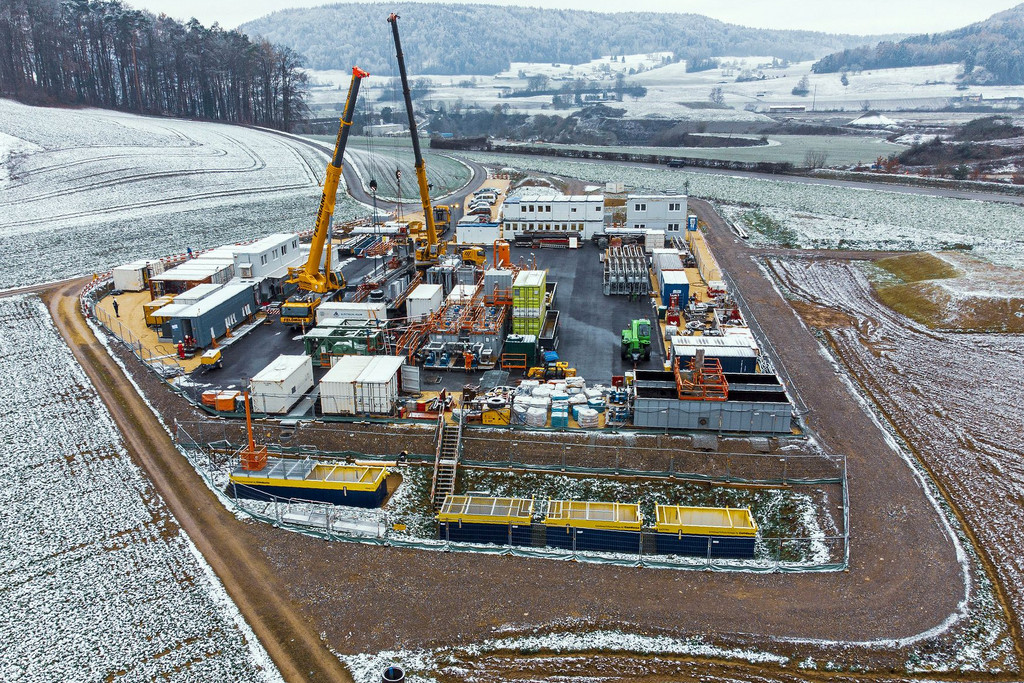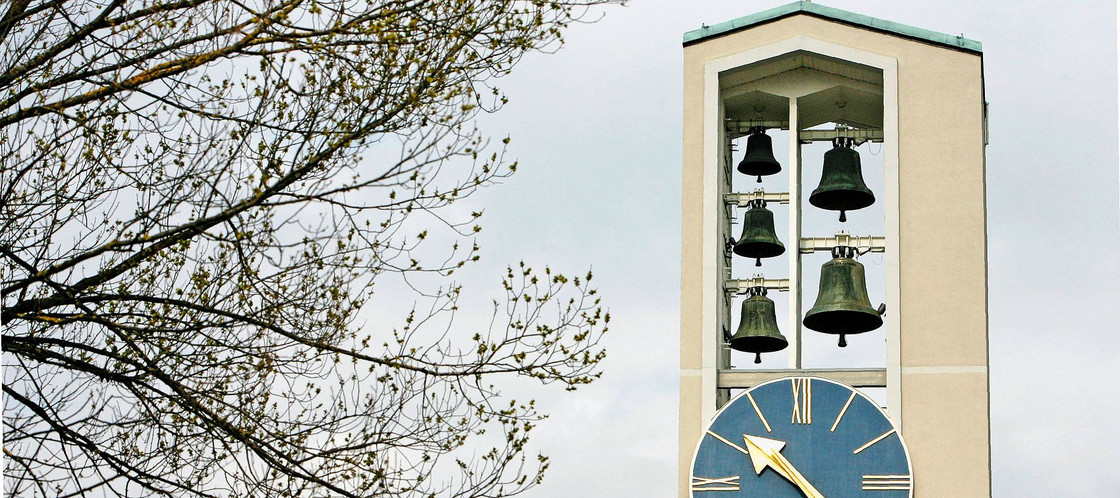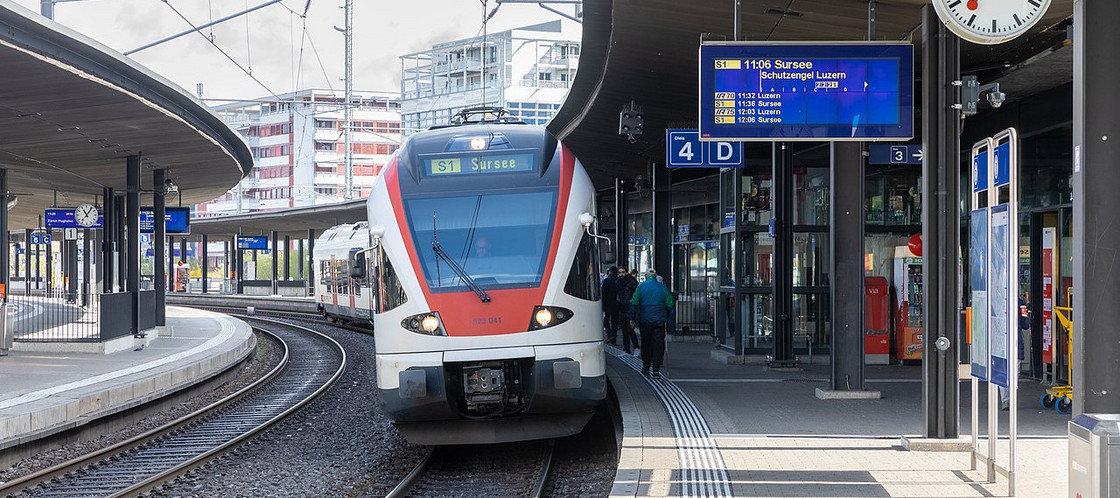Quiet, please!The calls for quiet can be quite deafening
22.03.2024 – Dölf Barben
No more loud fireworks, less ringing of church bells, more whisper tyres and noise-reducing roads: is Switzerland becoming quieter? One thing is for sure: the dispute over noise levels is as loud as ever.
Don’t say it out loud, but in purely subjective terms, Switzerland seems to have grown quieter in the past few decades. And it seems set to go quieter still: last November, a fireworks initiative was submitted. It calls for a nationwide ban on private individuals setting off loud fireworks and bangers. Many nature conservation and animal welfare organisations are backing the initiative, including Pro Natura and Zoo Zurich.
It may go through. A survey at the end of 2023 revealed a 76 per cent approval rate. Animal welfare is the main driver of the ban. The rival camp has been rather subdued thus far. In an interview with “Neue Zürcher Zeitung”, the head of a firework company lamented the emergence of a “banning culture”.
Granted, a firework ban for private individuals would make Switzerland quieter, especially on 1 August (Swiss national day) and New Year’s Eve. These bans are actually already in force in some municipalities, such as St. Moritz and inner-city Berne. However, there is a lot more to noise than things that go pop or hiss. Top of the list is traffic and, in many instances, there are also cow or church bells.
More people affected by noise
Objectively speaking, Switzerland has not really grown quieter over the years. The latest environmental report by the Federal Council even states that many more persons are now affected by harmful and sustained noise than over 30 years ago, when the Noise Abatement Ordinance came into force.
Noise pollution on the whole has not receded despite technical improvements to cars, trains and planes, states the report. The reasons include traffic growth and especially cars’ increased weight and broader tyres. Population growth and residential development is another factor. People in cities and agglomerations are particularly affected by noise.
The report also says that technical innovations and all the money spent on noise mitigation have definitely had an effect. “Local communities have made great strides in reducing noise exposure.”
Buzzing instead of clanking
Granted, for those who don’t live on a busy road or in Haslital, where the very loud F/A-19 jet fighters blast off from Meiringen military airfield, Switzerland may indeed be quieter and really loud noises consigned to memory.
Who remembers the old goods trains with their relentless screeching and clanking that could be heard for miles around? Noisy freight trains are now banned and the modern intercity trains seem to merely buzz as they speed along at 200 kilometres per hour.
Then there were the cars, lorries and tractors 50 years ago. They used to really rattle and roar. That is also history. The noise now comes from rolling wheels; engines are practically silent. The sound comes from the compressed air between the tyres and road surface hissing as it tries to escape. Broad wheels compress more air, which is why they are louder than narrow ones. There is even a solution to that: whisper tyres equipped with special grooves and quiet asphalt with broad pores where the air can disappear with barely a sound.
Young drivers with souped-up cars ironically bring back the old, noisy days. They convert the exhaust systems of their flashy motors to make them sound as powerful and noisy as possible. It is of course forbidden to drive a car like that through a low traffic inner-city zone, which only makes it all the more tempting.
Dangerously quiet vehicles
Contrary to popular opinion, sometimes the problem is not too much noise, but not enough of it. When electric cars travel slowly, they are so quiet as to be practically inaudible, and that is dangerous. That is why they must be equipped with electric vehicle warning sounds.
There are two distinct types of noise. The sound of lawnmowers or concrete mixers, for example, is just a side effect. If this type of noise can be reduced, most people will approve.
On the other hand, there are also sounds and noises that are meant to be heard. Examples include church bells, cow bells and the alphorn. Calling these sounds noise pollution and demanding quiet is likely to attract some protesting noises from other residents. The authorities have to decide on each individual case.
The cowbell classic
It can be difficult to resolve such conflicts. They often end up before the judge. Almost 50 years ago, the Federal Supreme Court had to rule on a dispute over cow bells. Its ruling was that the ringing of cowbells in a residential area at night went beyond what could reasonably be considered tolerable.
However, the farmers do not always lose these cases. In Aarwangen, an attractive municipality in Berne’s Oberaargau where the cowbell classic recently flared up, there was a surprising reversal: the inhabitants collected signatures – this time in favour of the farmer. And, as a precautionary measure, they also signed in favour of the ringing of the church bells. Suddenly the issue became much bigger than the sound of bells on damp pastures: “the culture and tradition of our country” were at stake. The pro-bell camp won a resounding victory at the Communal Assembly in December 2023. It is now forbidden to call for a ban on cowbells in Aarwangen.
Intermission in the church tower
Arguments over church bells are the other perennial issue. However, these disputes only seem to be going one way. As the numbers of churchgoers decrease, the ringing of the bells from the church towers is also abating. In many places, the bells already ring a lot less than they used to. Sometimes they don’t ring at all. And when a flash of lightning hits the church tower, as happened last summer in Menziken (canton of Aargau), sympathy is in short supply. Opponents of the bells claimed, unsurprisingly, that God had made His feelings on the matter clear by calling for an intermission.
Snoring trains
Sometimes the arguments over noise border on the surreal. In Rapperswil-Jona (canton of St. Gallen), for example, the residents complained about trains that were just parked on the tracks. As it was not practical to shut down the electronics and air-conditioning overnight, the trains kept emitting noises; it was as if they were “snoring”, as reported in the “Tages-Anzeiger”.
Snoring trains preventing people from snoring – how about that. The SBB was ultimately obliged to take remedial action. Although the problem did also resolve itself over time: the new trains are quieter when in use, they also snore more quietly. So quietly in fact, that hardly anyone hears them.















Comments